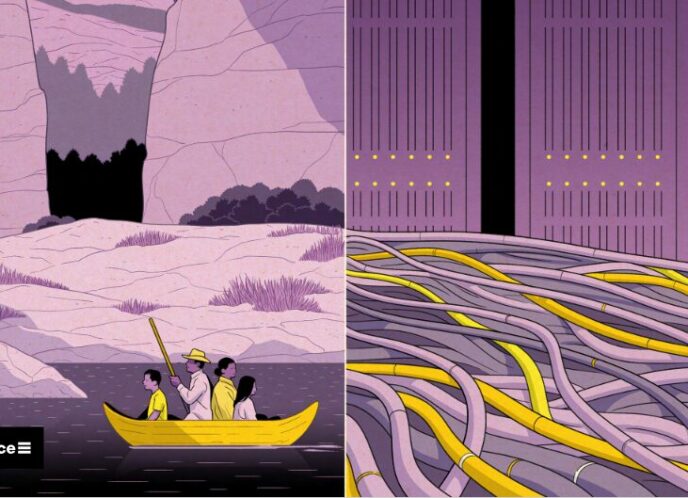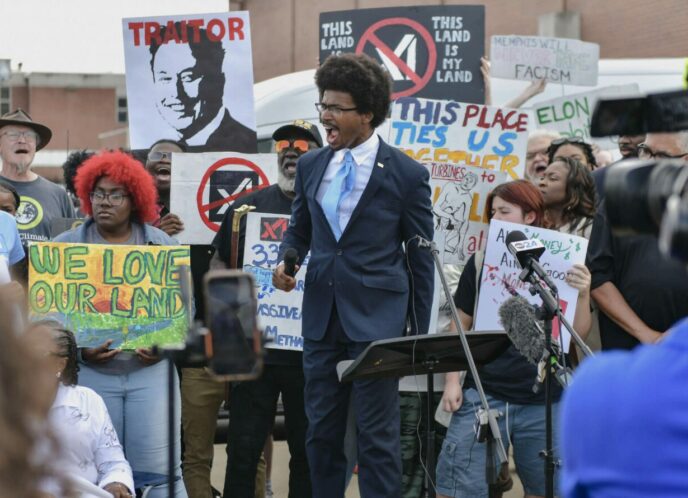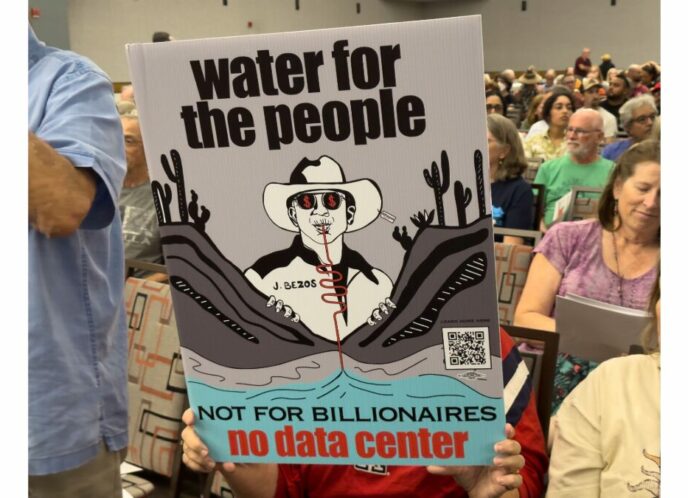For the past two years, the Media Literacy Project (MLP) has begun integrating cultural work into our programs. The inclusion of arts and culture in our work is a result of the collective strategic planning and organizational visioning work by our staff. Results include partnerships and alliances with local social justice and media arts organizations, and the development of our community organizing and outreach initiatives such as Digital Justice for Us and Girl Tech Collective.
As MLP continues to strengthen our work to meet our mission of creating a healthy world through media justice, we often seek inspiration and tools from local and national organizations. On Thursday, June 24, I attended a workshop at the US Social Forum titled, Cultural Organizing for a Just Society: Making Art and Culture Integral to Social Justice Organizing and Movement Building. Candelario Vazquez, MLP’s Media Justice Organizer, also attended the panel. Coordinated by the Arts and Democracy Project, panel speakers included artist Ricardo Levins Morales artist Carlton Turner, and cultural worker amalia deloney, among others.

The panel was arranged so that each panelist would speak, followed by some sort of activity—paired discussion, response writing, or a moment of silent reflection. After the activity, there was time for questions and answers. The questions and answers often led to audience discussion. It was in one of the audience discussions on the topic of narrative where Nick Szuberla from Thousand Kites shared insight. The conversation had rendered the statement, “Narrative comes from listening, and from listening comes strategy.” Nick shared that we must amplify and repurpose content, particularly in relationship to policy. He reminded us that what often happens in media is a framing contest, and that public perception could be what shapes policy. Essentially, he was saying that if we (as rural, low-income, queer, people of color) do not control the framing of a story, our voices our not included in the creation of policy. Let’s remember that all policy has real day-to-day impacts on our lives (healthcare, immigration, media) and our lived experiences must be included in policy construction if it is to support all of us, and not just some of us.
Carlton Turner spoke as an artist and as the Executive Director of Alternate ROOTS. He shared his concern that community organizing is often separated from arts and culture. His observance that “[this] division takes the heart out of the movement” created ripples in the 60-member audience that was crowded into the room to participate in this particular session. He continued on with, “when we relegate art to something separate, we remove the process.” He reminded us that art has always been integral to our lives, including the fact that the English alphabet is taught through a song. He cited this teaching tool as an example of how we need art to learn information.
amalia deloney, cultural worker and Grassroots Policy Director for the Center for Media Justice also shared the importance of the artistic process, and how organizing and art are one and the same for CMJ’s Media Action Grassroots Network (MAG-Net). She told the story of a day in December 2010 when 18 staff from the 9 anchor organizations of the 160+ member network attended a Media Policy Day at the Federal Communication Commission (FCC). The members met with Commissioners and shared stories illustrating their various communities’ needs with regards to broadband access. Following the policy day, the members participated in a Media Justice Leadership Institute. On the final night there was a noche cultural (similar to a talent show), whereby two participants rewrote Lady Gaga’s Poker Face and created Broadband in Yo Face. amalia broke down the various steps involved in the creation of a song which was a viral hit in the Spring: someone wrote the song, three people sang it, two djs recorded it, it was sent to a hip hop artist to adjust volume levels and remix it. She emphasized the collaborative process in this artistic process and described MAG-Net as a place where “we give people a home to do cultural and political organizing—where you can bring your whole self.”
Media Literacy Project, as an Anchor Organization for MAG-Net, agrees. We continue to grow and expand as we develop our strategies for cultural organizing, and as we continue to learn and share in spaces like the one created in this workshop.
For further information and tools on arts and cultural organizing, please stay tuned to Arts and Democracy Project. They are currently developing a website as a resource tool to demonstrate how art is used to demystify and change policy.
By Andrea Quijada, Executive Director, Media Literacy Project and MAG-Net Anchor organization



